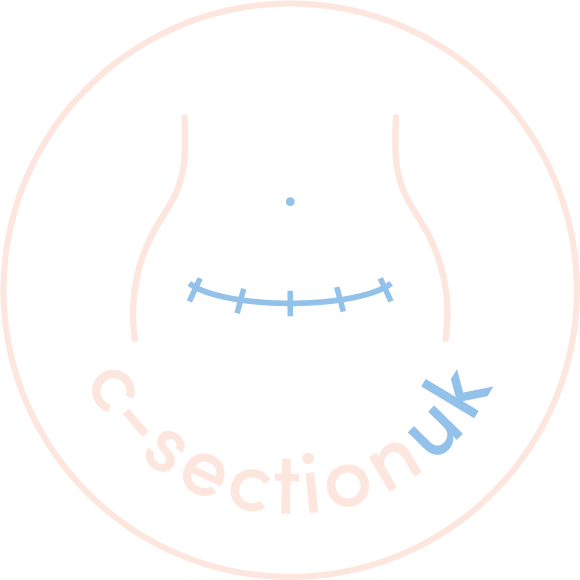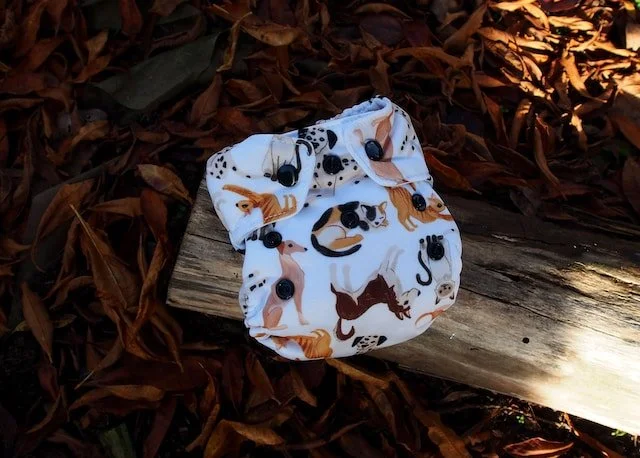Understanding Different Types Of Nappies: Pros & Cons
When choosing nappies for your baby, there are various options available. To help you decide which kind will suit you best, we'll explore the different types of nappies, including cloth and disposable options.
We'll delve into factors to consider, such as size, quality, price, and sustainability, and provide recommendations for top nappies in each category. Let's get started!
Different types of nappies for your baby
Here are the four main types of nappies available:
Reusable nappies:
Designed to be washed and reused multiple times.
Disposable nappies:
Meant to be thrown away after each use.
Hybrid nappies:
These nappies are partly reusable and partly disposable. You can fill them with reusable or disposable inserts, giving you flexibility in handling the mess.
Biodegradable nappies:
Similar to disposable diapers, these are designed to be discarded after use. They typically contain 20-40% biodegradable materials, making them somewhat easier to decompose.
Factors to consider
Size
Selecting the right size nappy is essential for comfort and leakage prevention. Various brands will have different size charts, but they are usually similar to this:
- Size 0 (1-2.5kg, 2-5lbs)
- Size 1 (2 -5kg, 5-11lbs)
- Size 2 (3-6kg, 7-14lbs)
- Size 3 (4-9kg, 8-20lbs)
- Size 4 (7-18kg, 15-40lbs)
- Size 5 (11-25kg, 24-55lbs)
- Size 6 (16kg +, 35lbs +)
Baby dry and super-dry are the buzzwords to look for for the newborn stage. This is because feeling dry to avoid nappy rash is the main aim of these nappies.
Once your baby becomes mobile and begins to crawl, bum-shuffle and walk, you'll want a nappy with more flexibility. The buzzwords for these nappies are active-fit or stretch.
Moving into toddlerhood, when the trouble begins, look for pull-up or easy-up pant-shaped nappies, as you approach toilet training. These help your toddler adjust to pulling them down and back up, instead of lying down to get changed.
Quality
Examining the overall quality of nappies, including the materials used and construction, ensures durability and effectiveness in containing messes. Many new parents have a trial-and-error approach.
It is helpful to chat with other parents about their nappy experiences to help with your decision-making.
Price
The cost of nappies can vary, so considering your budget and balancing it with quality is essential. It is crucial to balance between affordability and performance.
Absorbency
The absorbency of a nappy determines how well it can hold liquids and prevent leaks.
Fit
A well-fitting nappy is crucial for comfort and leak prevention. Different nappies cater to various body shapes and provide tips for proper fit.
Wetness indicator
Some nappies feature wetness indicators, which can help determine when a nappy needs changing. This is especially helpful in the first few days after birth, especially if you are breastfeeding.
Sustainability
Considering the environmental impact of nappies is essential for many parents. Cloth nappies tend to be more sustainable.
Reusable nappies
There is a school of thought around reusable nappies that they make a significant impact in reducing waste. Typically, toddlers tend to be potty-trained by the age of three, so if you were to replace just one disposable nappy per day with a reusable one during that time, you could prevent around 900 nappies from ending up in landfills.
Disposable nappies take a long time to decompose, so this switch can have a positive environmental impact.
How they work
Cloth nappies come in various styles, including pre-folds, fitted, one-part or two-part nappies.
Pros & cons of cloth nappies
Let's discuss the benefits, such as cost savings and reduced waste, and potential drawbacks, such as increased laundry:
Pro's
- Environmentally friendly - reusing cloth nappies means less waste.
- Super cute and funky designs, colours and fabrics, make these nappies much more fun.
- It has a removable inner layer that you can remove and replace, so you don't have to wash the entire nappy every time.
- More economical - you can save £200 - £500 across the three years your child will likely be in them. Many local authorities offer incentives, such as grants, to encourage parents to use them.
- Some parents report reusables being softer on the baby's bottom.
- Less nappy rash due to the absence of harsh chemicals.
Con's
- Extra laundry - these nappies should be washed at 60°C in the machine and not tumble-dried. This increases the cost of electricity and takes a lot of effort and patience while you wait for them to dry. While it's great to get them hung on the rope in summer, winter can prove challenging.
- Less absorbance - you may experience more leakages, and you'll need to change the baby more frequently, or else you have extra clothes and nappies to wash.
- Upfront costs are higher due to the equipment costs and the cost of the nappies.
- Baby clothes are designed with disposable nappies in mind - reusable nappies can be bulky.
- Challenging to manage when away from home.
List of top cloth nappies to buy
- Best all-rounder – Motherease Wizard Uno
- Best one-parter – Bambino Mio Miosolo
- Best pocket nappy – Little Lovebum
- Best cloth nappy – Easy Peasy Bumble
- Best reusable nappy wrap – Motherease Airflow
Types of disposable nappies
The most common types of disposable nappies include:
- Newborn nappies
- Swim nappies
- Extra absorbent or "plus" nappies
- Active nappies
- Toddler nappies or pull-ups.
How they work
Disposable nappies are widely used due to their convenience. But a substantial depth of chemistry is involved in keeping your baby dry.
There are chemicals in disposable nappies and many layers, which all work together to wick away the moisture of urine.
Pros & cons of disposable nappies
Disposable nappies offer their own set of advantages and considerations.
Pro's
- Compact
- More widely available to buy and easy to use
- Quick to change the baby
- The cost of buying disposables is spread over more regular, cheaper purchases. Although cloth nappies can work out more affordable over the whole time your child is in them, they involve a higher upfront cost.
Con's
- It takes around five hundred years per nappy to break down
- May take longer to potty train your child compared to reusable
- Could cost more money over time
- Might need to change brands as your child grows
List of top disposable nappies to buy
To assist you in selecting disposable nappies, here are the leading brands:
- Pampers nappies remain the nation's Favourite, beginning in the 1950's
- Aldi's Mamia nappy range is the talk of the town, being a great Rounder
- Asda's Little Angels nappies give the Best Value for Money
- Tesco brands Fred and Flo offer the Best Absorbency
- Best Newcomer nappy comes from the Lupilu range at Lidl
Huggies or Pampers, which is better?
Both of these brands are popular for unique reasons. We couldn't possibly pick a favourite.
We recommend reading reviews online or chatting with your parent peers to get advice about a brand that meets your baby's requirements.
Remember, the ideal nappy choice depends on your baby's needs and your personal preferences.
Written By: Midwife Laura



